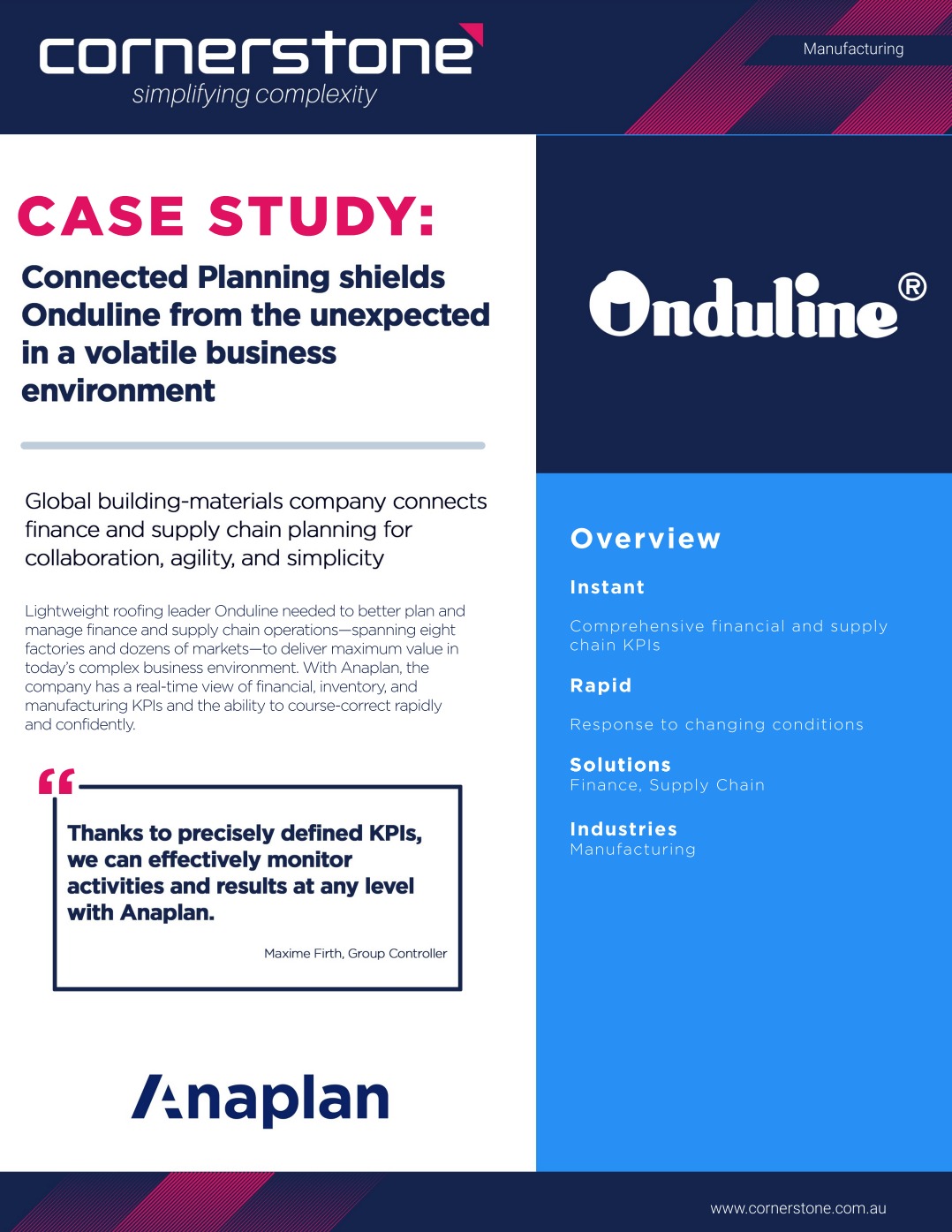Planning for unanticipated challenges in consumer demand
Even today’s most digitally advanced supply chains still try to predict what will happen, then optimise performance again. The problem is, the world is unpredictable. More often than not, those plans are not met. This generally triggers nonproductive finger pointing, even when the failures stemmed from unanticipated challenges rather than poor execution.
In the span of just a few months, your supply chain may have changed drastically. Supplier shutdowns in China. Increased shipping demands. Decreased working capital. these evolving conditions impact your go-forward inventory strategy. And, as the pandemic eases and global economies emerge and strengthen, trade flows and inventory levels will begin to normalise. However, normalisation won’t mean a return to normal.
Forecasting inventory requirements have always included a mix of past trends, sound predictions and supplier relationships. But things are not that simple now. The data your warehouse generates contains incredible value, and has never been more critical. Accessing the right data visualisations will help you manage the tightrope of supply and demand.



